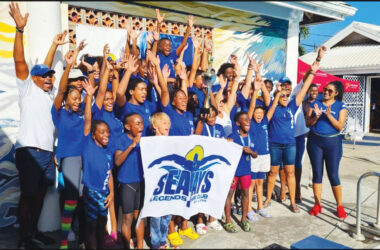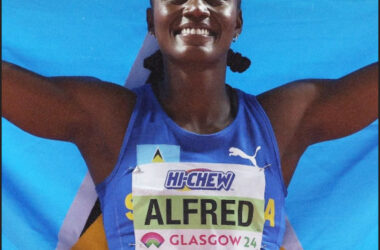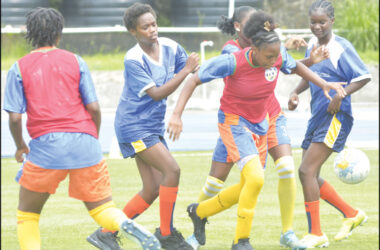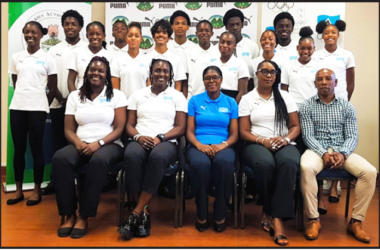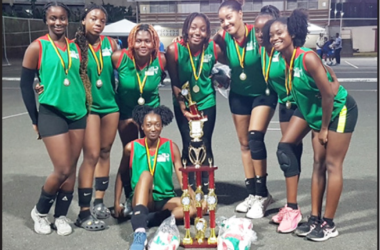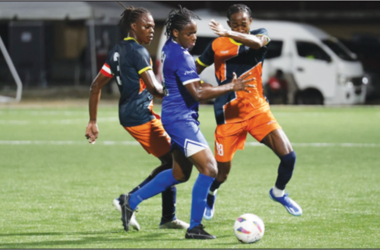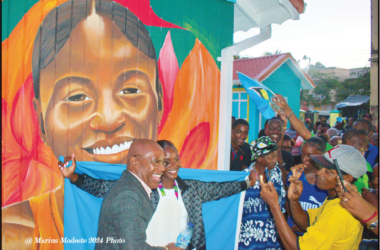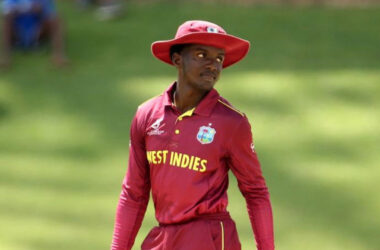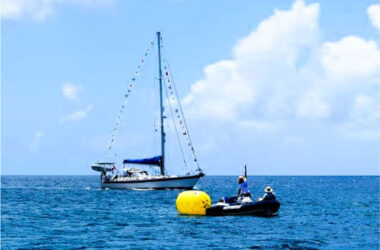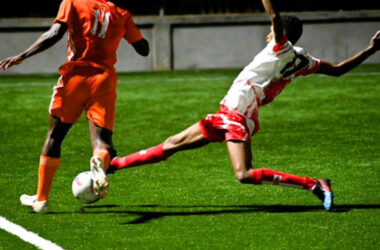As the management of the Saint Lucia Football Association [SLFA] Inc. plans for the formation of a Semi-Professional Soccer League, on island, a compact process of rules and regulations will be set out for players and team officials to adhere to.
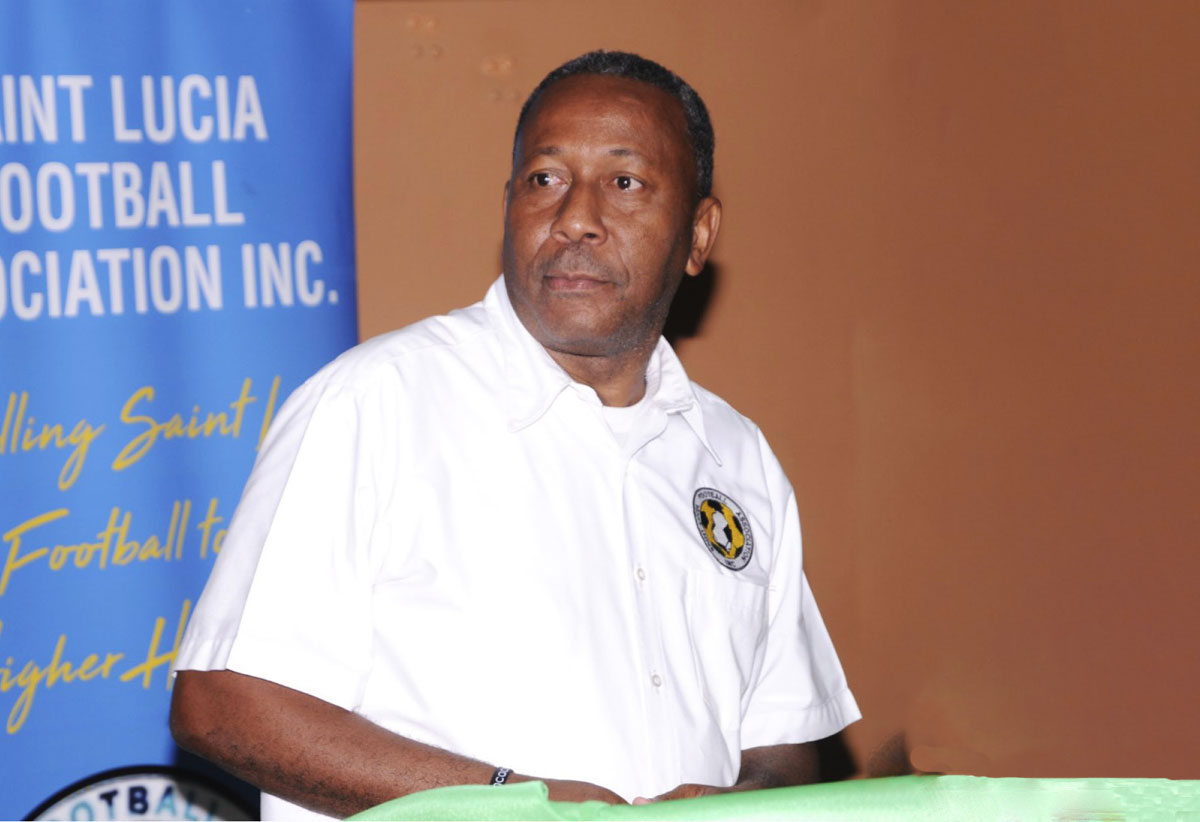
SLFA President Lyndon Cooper told VOICE SPORTS that club affiliates have been informed of the procedures in place and all that’s left is for –smooth sailing for the Semi-Pro League when the time arrives.
He noted that other than the players receiving compensation for their duties, the structure of the constitution will remain intact.
With Saint Lucia aspiring to send a representative team to compete at a FIFA World Cup, the SLFA president said, the current construct of players’ rushing from work to go to training sessions in an effort to prepare for regional or global competition is not effective. He stated that a more ‘professional approach’ has to be implemented for the country to move to a higher level in the sport.
“Right now, we play in excess of six games in every Nations League …and for one trip alone, it costs us in excess of UDS 60,000. So the format and the rules of engagement are not the same,” declared Cooper, as he drew a distinction between the team’s preparations presently, as opposed to Saint Lucia’s participation in previous regional tournaments.
With the ‘buzz’ on in anticipation for the formation of a Semi-Pro League, will there be any structural changes to that league, or will the competition begin in a fresh light?
“The structure is already there,” he explained. “We have turned the 19 districts (affiliates) into what we call ‘Semi-Professional’ units. The only difference between semi-pro and amateur is that; in the first stage players are compensated under the rules”.
He adds that as the semi-pro league progresses “you will try to establish for it (semi-pro league) to be executed or managed in a semi- professional way. But the only difference between amateurs and professionals is that players are compensated ‘above-board’.”
What will be the format for compensation of players?
“The initial concept is to compensate them (players) per game …and then as the league picks up, we will modify and modernize it,” said Cooper.
He noted that in the initial stage, the SLFA will assess the venture and proceed with caution, as “we are not going to jump from where we are to what Jamaica has, after a few years.”
The SLFA president says it is a gradual process that will be closely monitored. And in the initial stages, the players will receive compensation through their respective entities.
How beneficial will the Semi-Pro League be towards the development of professional players and the sport generally, in the country?
Said Cooper: “Initially, it’s going to provide the unemployed players with a source of revenue or income, and to be more focused as to what they can achieve.
“I feel the success of the league is going to be seen in about three to four years after it has been fully established; with the revenue stream, marketing experts, and sponsorship – both the government and SLFA will subsidize the league for about two to three years.”
With prospects for players to generate a revenue earning stream from the semi-pro league, will the SLFA be able to instil in the players the value of this project?
Noting that there is no ‘hard and fast’ rule for interaction between the SLFA and the players, Cooper declared: “What we anticipate is that the directors of the (respective) company, like the leagues, are going to ensure that they get value for money. When players are compensated and they are regulated, they are going to move to stronger clubs. And those payment patterns are going to differ … so in the long run, the players will have to take on this initiative seriously.”
He added, “No matter what you do, you cannot run football …including the semi-pro league outside of FIFA regulations. The international rule for the transfer of players will take root.
“We may try to regulate it, in the first two to three years, but eventually, after the second year or so none of these entities can prevent a team from recruiting overseas players, once they possess an international transfer.”


